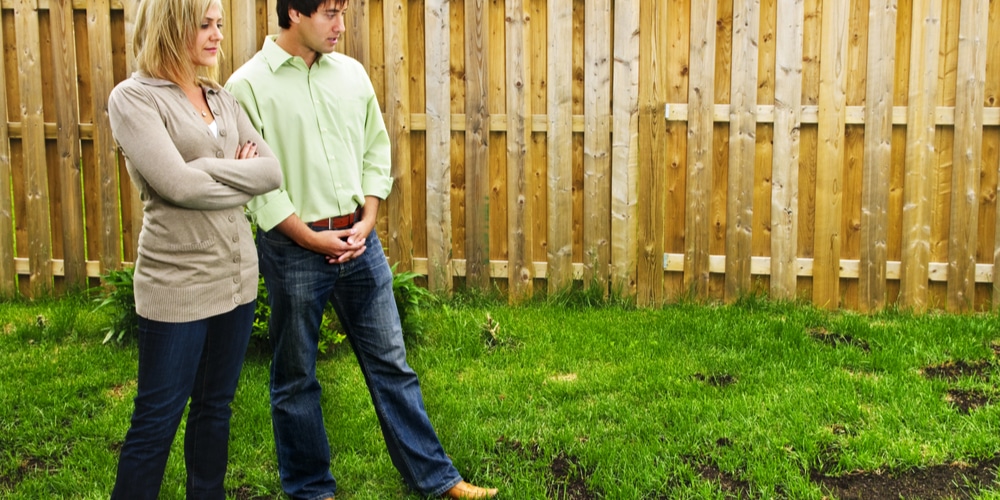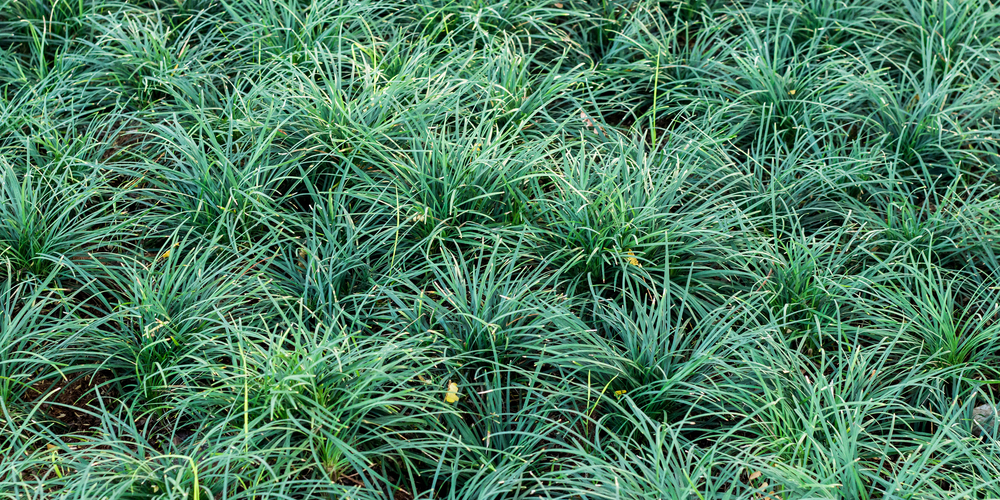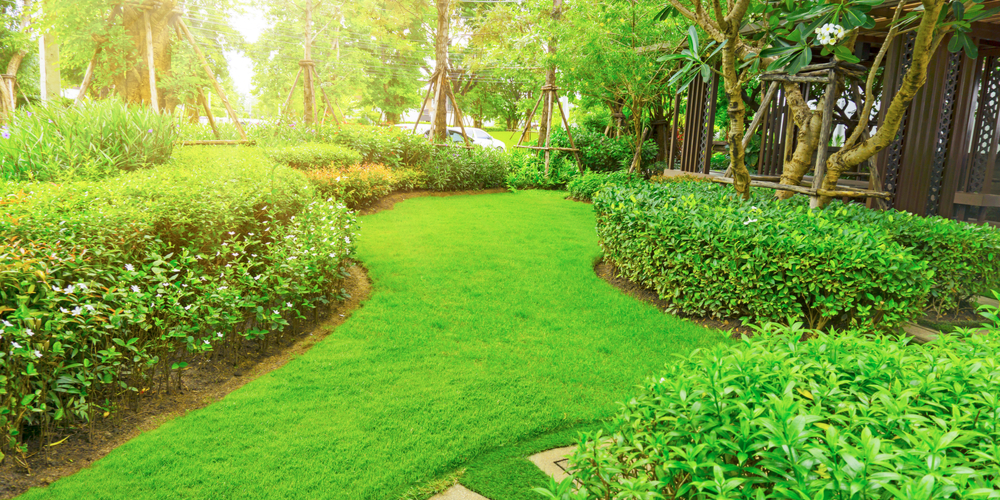If you’re like most suburban homeowners, your lawn probably isn’t the greenest. Chlorine and pesticides have made it difficult for lawns to grow naturally, and many yards look like a thick patch of brown grass.
Fortunately, you can transform your yard into something beautiful again with a little know-how. This change will make your home more appealing, but it will also help restore soil health and protect water resources by preventing runoff and waste.
Keep reading for some insight into the factors that contribute to the growth of different types of grass in a yard.
I have different types of grass in my yard
A ton of research suggests that improving soil health is one of the best ways to improve the health of any ecosystem. Healthy soil has enough organic matter and good drainage so that water moves through it easily instead of running off into lakes or streams.
And restorative practices like composting help ensure that it remains healthy for future generations. Plants need healthy soil to thrive; if there’s nothing for them to grow in or live on, they won’t be able to survive either.
When thinking about ways to increase the aesthetics of your yard, you may begin to consider adding a lawn. But with so many factors that contribute to the growth of different types of grass in a yard, is it really worth it?
The answer depends on the type of yard you have and what type of homeowner you are. Knowing more about your lawn’s tendencies can help you make more informed decisions about how to care for it.
Shade and Lack of Sunlight
It’s no secret that a lawn needs sunlight to grow. But if your yard is shaded too much, it won’t get the nutrients it needs to thrive. This can lead to it shrinking, dying, and even becoming brown. If your yard is also receiving little to no sunlight at certain times of the day, your grass may struggle to grow at all.
A lawn that receives little sunlight during the morning hours may experience a significant drop in water consumption. If the lawn is shaded during the late afternoon and early evening, it won’t get enough sunlight to grow.
Wetness and Drought
Grasslands are often associated with weather patterns that result in large amounts of rain and frequent droughts. In a drier climate, many types of grass are better suited to this type of weather. In particular, Bermuda, St. Augustine, and Zoysia grasses are generally not suited to extremely wet weather.
They are one of the three main types of grass that are more likely to die from too much moisture. But the quality of your yard’s soil also contributes to the growth of different types of grass in a yard.
In areas where the soil is poorly drained, these grasses are more likely to suffer from waterlogging and die. If a significant amount of rain has recently fallen and your soil is saturated, other types of grass may experience a significant drop in growth.
Traffic and the Environment
The traffic in a neighborhood can also impact the growth of grass in a yard. If the area is frequently littered with debris, it can negatively impact the health of your grass. So too can the type of soil in your yard and the types of trees growing in it.
Mowing Frequency and Type
The frequency at which you mow your lawn is an important factor contributing to grass growth in a yard. The ideal length for grass depends on a few factors, including the type of grass and the amount of sunlight it receives.
If you mow it too short, this will cause the blades to rub against each other and wear down faster than they would if left uncut.
The type of mower you use can also affect grass growth in a yard. High-quality mowers are less likely to leave behind debris and damage the grass. They are also less likely to create divots in the lawn that cause waterlogging.
Soil Conditions
The quality of your soil is also a factor contributing to the growth of different types of grass in a yard. If it contains too much clay, your lawn will be more prone to disease and die. So too can the types of trees and shrubs planted in your yard.
If you would like to encourage the growth of certain types of grass in your yard, you can plant them in soil that is rich in compost. This type of soil is ideal for growing many types of grass, including fescues, clovers, and bluegrasses. Shrubs are prone to excessive growth if they are planted in too dry or too wet soil.
How to avoid different types of grass in the yard
The factors affecting the growth of different types of grass in a yard can be a little confusing. Knowing them can help you make informed decisions about caring for your lawn. The most important thing to keep in mind is that you will need to regularly water your grass.
Additionally, you will need to fertilize it regularly as well. You will also need to make sure that you mow it at the proper length.
Furthermore, you will need to ensure that your soil is healthy and well-drained. It is also important that you have a plan to keep it free of debris.
Not every type of grass will do well in your climate or soil type, so you don’t want to make any mistakes. You can also try to out-compete your current type of grass with a different type of grass.
For example, planting a bunch of Kentucky bluegrass seeds in your yard is unlikely to work, but planting some hybrid Bermuda seeds is a much better option.
If you live in an area where different types of grass thrive, it’s a good idea to keep it that way. If you try to change the type of grass in your yard to another type of grass, you’ll almost certainly fail.
This is especially important if your current type of lawn is thriving. Before you change the type of grass in your yard, make sure you understand the irrigation and maintenance requirements of the type of grass you want to plant.
If you’re just curious about growing a different type of grass, you can always try planting a few seeds and seeing how they do.
However, you should always remember that you can’t make a lawn from a seed and expect it to look natural. Even if a few types of grass could work, they’ll all be growing in clumps and looking unnatural.
You don’t want to make a mistake that causes your current type of lawn to become even harder to maintain.
I have different types of grass in my yard: Conclusion
Lawns are essential components of any landscape, but they can be challenging to grow naturally. Fortunately, there are many low-maintenance practices that you can use to improve the health of your soil and prevent your grass from dying.
When you choose to transform your yard from a patch of brown grass into a beautiful space, restorative practices like composting will help ensure that you are planting trees and plants that will benefit future generations.
Now that you know the factors that contribute to the growth of different types of grass in a yard get out there and implement them.
Related Article: How Much Water Does Fescue Need?


